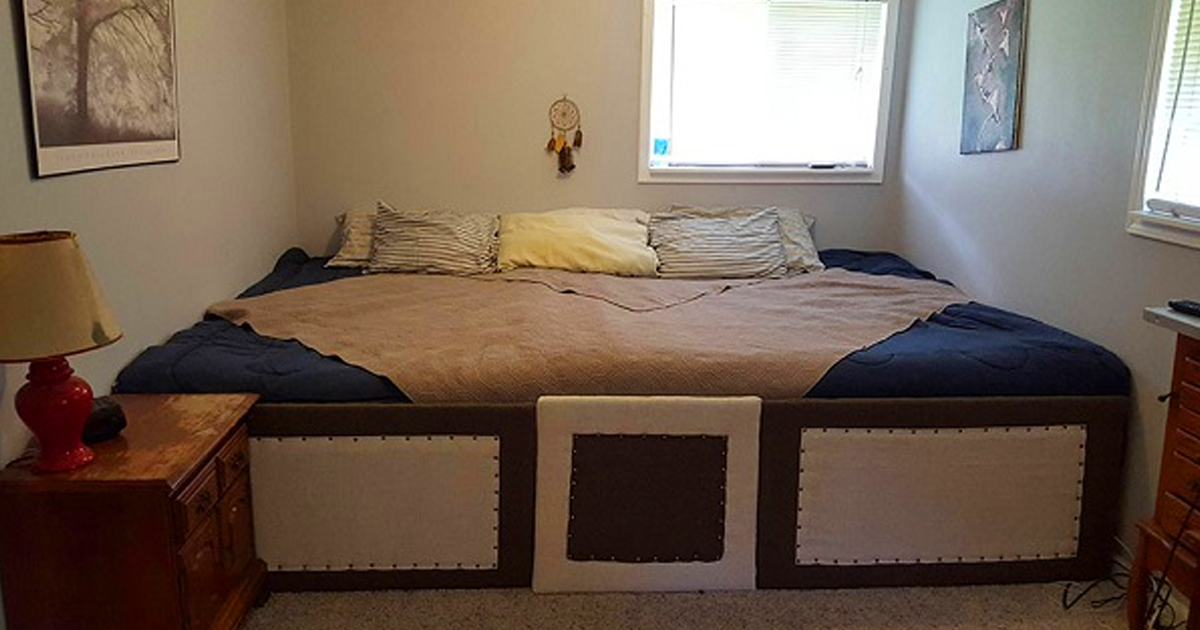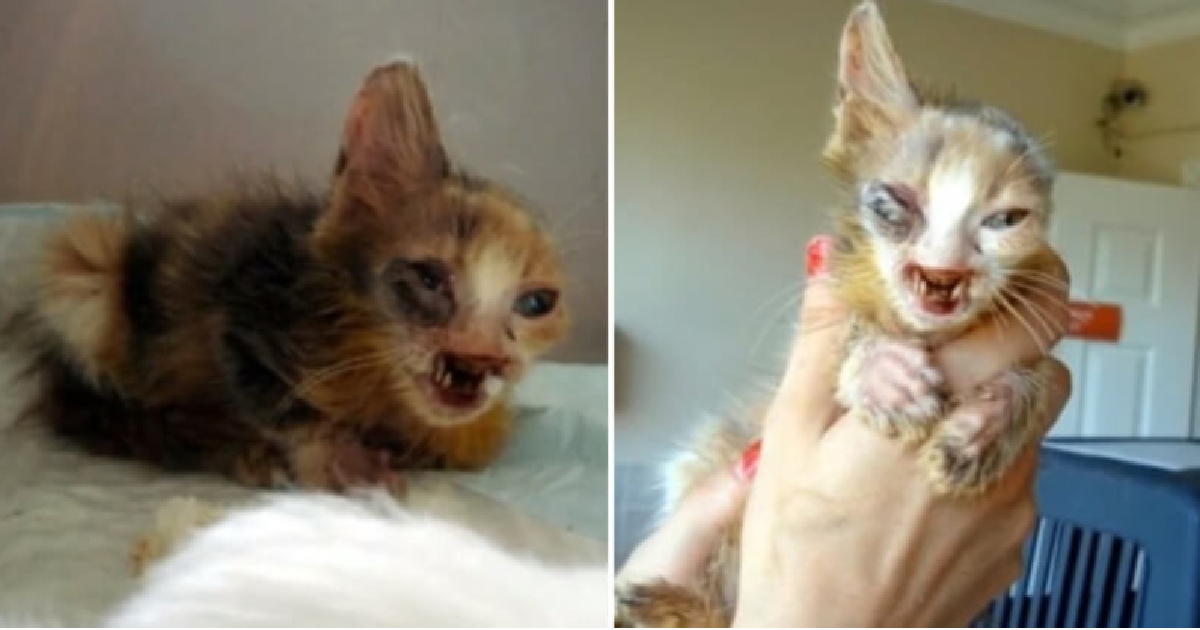Cats are experts at hiding their emotions, so it can be hard to tell when your furry friend isn’t feeling well. However, cats have a way of communicating with us through body language, and one example is their sleeping positions.
Different sleeping positions indicate various amounts of comfort or discomfort, and understanding these signals can help you identify if your cat is sick and needs medical attention. In this blog post, we’ll take a closer look into the meaning behind ten common cat sleeping positions when they are under the weather and what it could mean for their health.
Do Cats’ Resting and Sleeping Positions Matter?
The Science Behind It
At its most basic level, cats’ sleeping positions are determined by body temperature. For example, when a cat sleeps curled up in a ball or with its paws tucked under them, it helps them conserve heat. This is because when their bodies are in this position, their fur and fat insulate them from the cold air around them. In contrast, when cats sleep sprawled out on their backs or sides, it’s usually because they are too hot and need to cool down.
What Your Cat’s Position Says About Them
How cats sleep can also indicate how comfortable they feel in their environment. For example, if your cat frequently sleeps curled up into a tight ball with all its limbs tucked away, it may not feel safe or secure in its environment. On the other hand, if your cat frequently sleeps stretched out on its side without any limbs tucked away, they likely feel safe and secure in its environment.
Cats can also display different sleeping positions depending on how relaxed or stressed they feel. For example, if your cat is feeling comfortable and happy, you may find that they often sleep stretched out on their back with all four legs pointing outward – an indication that they feel at ease in their surroundings.
However, if your cat is feeling stressed for any reason (e.g., loud noises outside), you may find that it will curl up into a tight ball as a way to protect itself from potential danger.
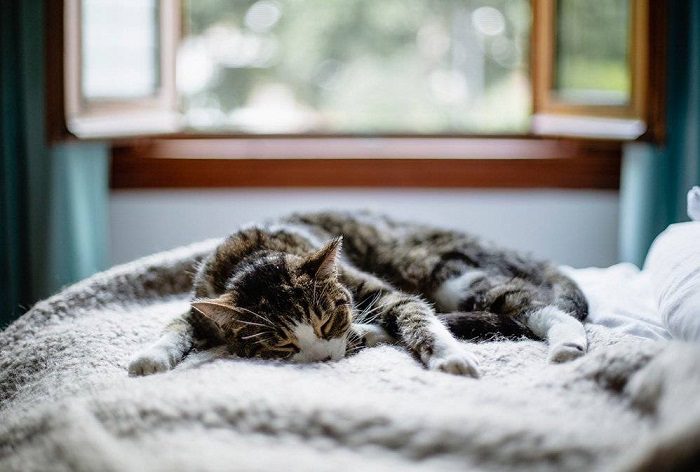
10 Cat Sleeping Positions When Sick & What They Mean
Have you ever noticed that when your cat is sick, they tend to sleep in different positions than usual? Well, it turns out there’s a lot of meaning behind their sleeping habits. Cats are known for their ability to communicate without words; one way they do this is by relying on body language. This includes the various sleeping positions cats take when they’re ill. Let’s look at the common cat sleeping positions when sick and what they mean.
Sleeping on Their Sides
When cats are feeling a bit under the weather, one sleeping position they do is to sleep on their sides more often than usual. When cats are in good health, it’s not uncommon for them to sleep curled into a ball or lay on their backs with their legs up in the air; however, when they don’t feel well, they usually opt for lying on their sides instead.
This position allows cats to relax as much as possible while still allowing them to keep an eye out for potential threats around them. It also allows them to conserve energy if needed. If you notice your cat sleeping in this position more often than usual (when not asleep), it may be a sign that something isn’t quite right with your pet’s health.
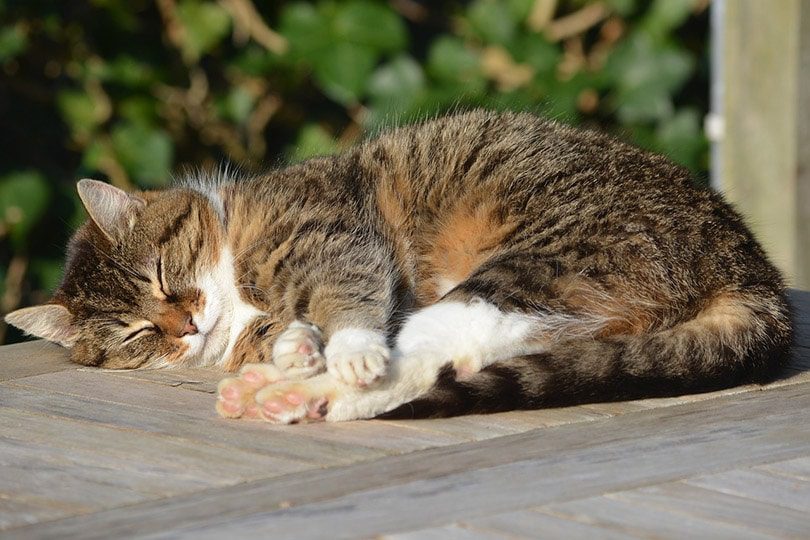
Feline Sleeping in Cat Loaf Position
The “meatloaf” position is one of the most common sleeping positions for cats when feeling unwell. Loaf position involves sleeping curled into a tight little ball with cat’s paws tucked away beneath them and their tail wrapped around their nose as if to shield them from drafts.
The meatloaf position conserves heat and protects vulnerable body parts from potential threats. If you notice your cat spending more time in loaf position than usual, it could signify that they are not feeling well and need extra TLC.
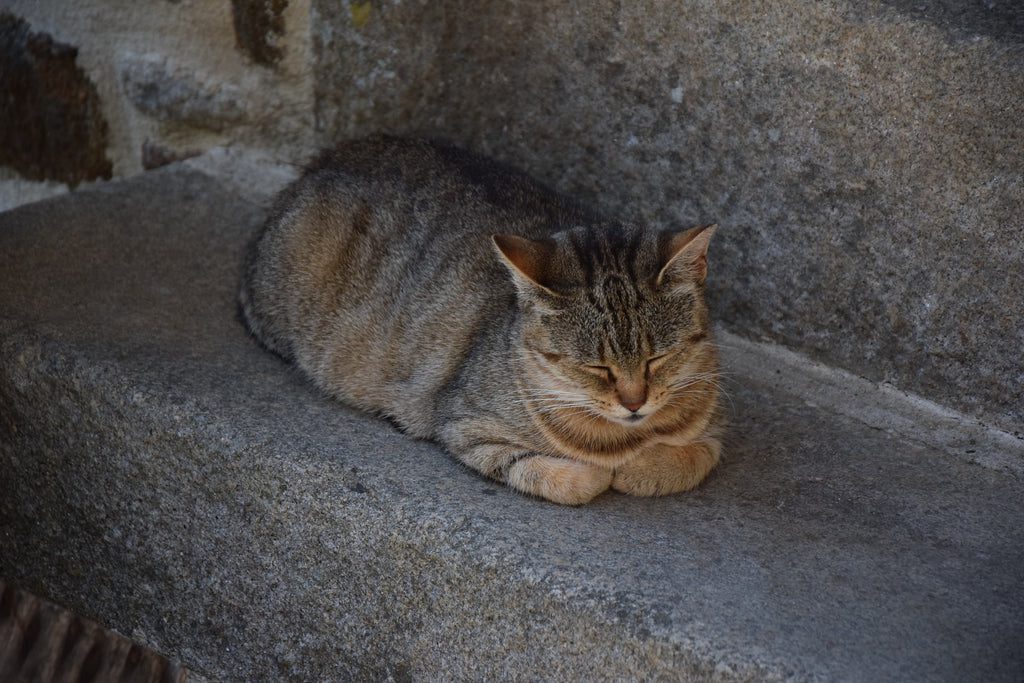
Cat Sleeping in Fetal Position
When cats sleep in the fetal position, they curl up into a tight ball and tuck their heads down toward their chests. This weird position is often an indication that they are feeling insecure or scared-possibly due to changes in environment or routine and need extra support from you to feel safe and secure again.
If your cat has been sleeping this way frequently, take some time to investigate what might be making them anxious or scared so that you can help them feel more comfortable. Sleeping Flat on Their Back
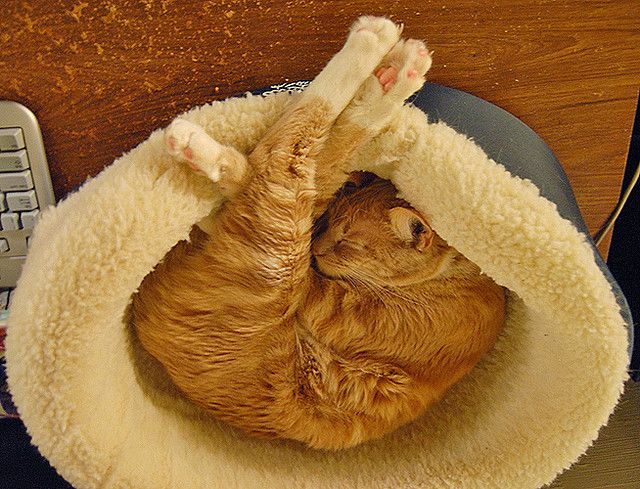
Cat Curling Up in a Ball
This is one of the most common signs of an unwell cat. A healthy, happy cat will sleep in various positions across the bed or on the floor; however, when they feel poorly, the cat curled up into a ball-like shape. This is usually due to discomfort caused by an injury or illness. If your cat is sleeping curled into a ball while they sleep, it may be time to take them to the vet and have them checked out.
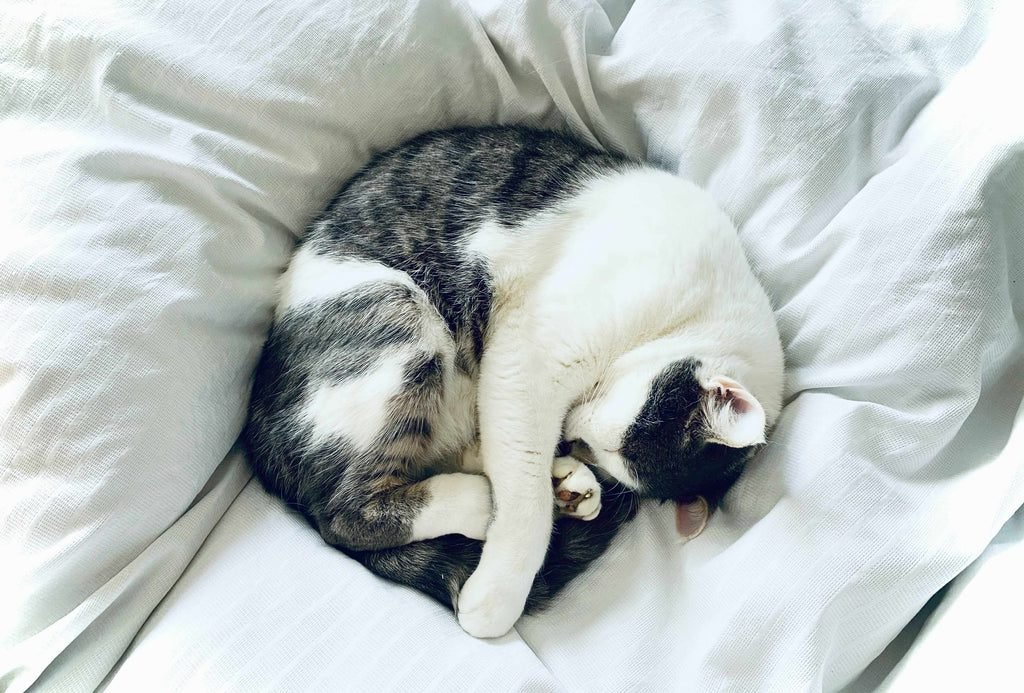
Cat Sleeps With One Eye Open
If you notice your cat sleeping with one eye open, this could indicate that your cat does not feel safe or secure. It signifies that your cat is vulnerable and may be worried about potential predators or other dangers around them. If this behavior persists, it could mean something is wrong with your cat; if so, take them to the vet as soon as possible.
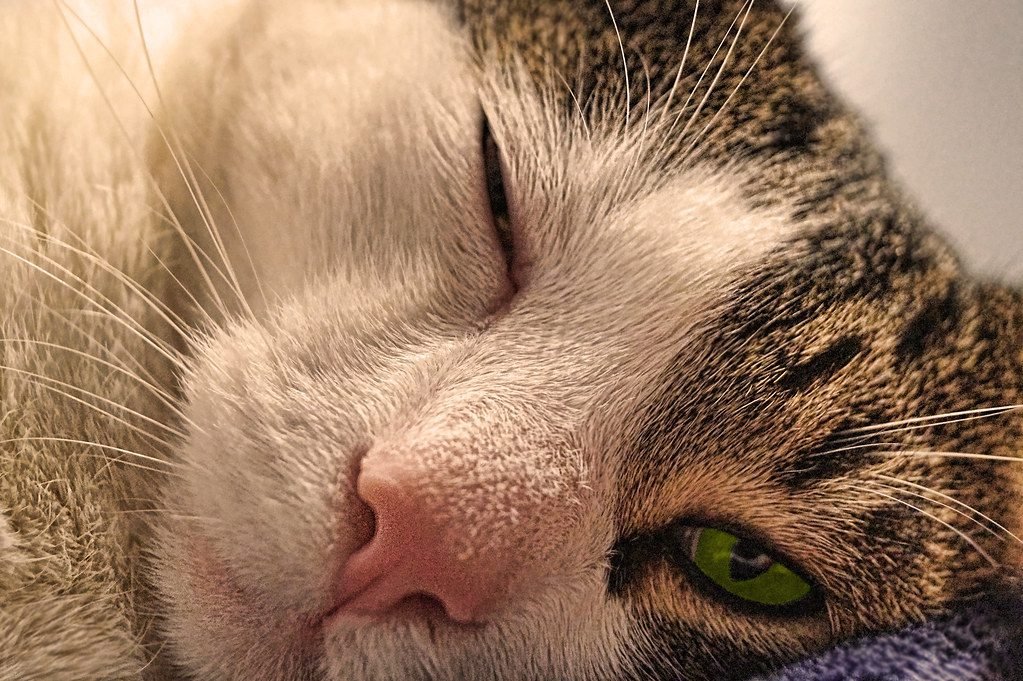
Cat Sleeps Flat on Stomach
When a cat sleeps flat on its stomach, it usually means feeling safe and content in its environment. This sleeping position is generally seen when cats are relaxed, comfortable, and happy. However, if your cat is lying flat on its stomach more often than usual, it may indicate that something else is going on.
If your cat is sleeping flat on its stomach more often than usual or for longer periods, it could indicate illness. It’s important to watch for any other signs or symptoms of disease and seek veterinary care.
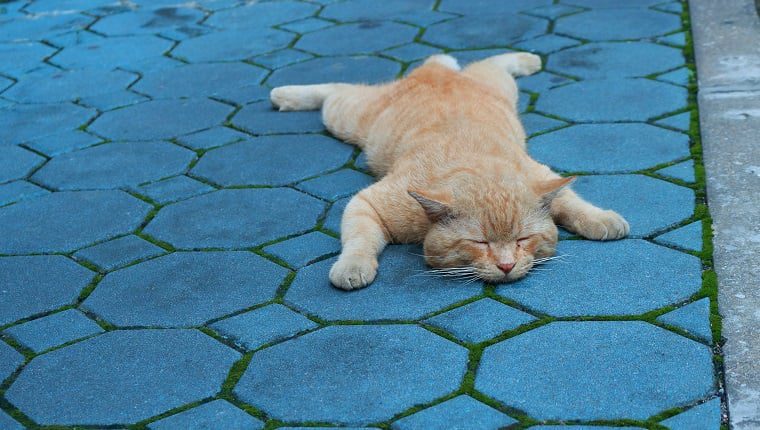
Cat Sleeping in the Same Position
It all comes down to something called “thermoregulation.” Thermoregulation is maintaining cat’s body temperature consistently, which is important for overall health and well-being. Cats can conserve body heat by curling into tight positions or stretching out to absorb as much heat from their environment as possible. That’s why you may notice your cat sleeping in the same place when they’re not feeling well – because it helps them regulate their body temperature and stay comfortable.
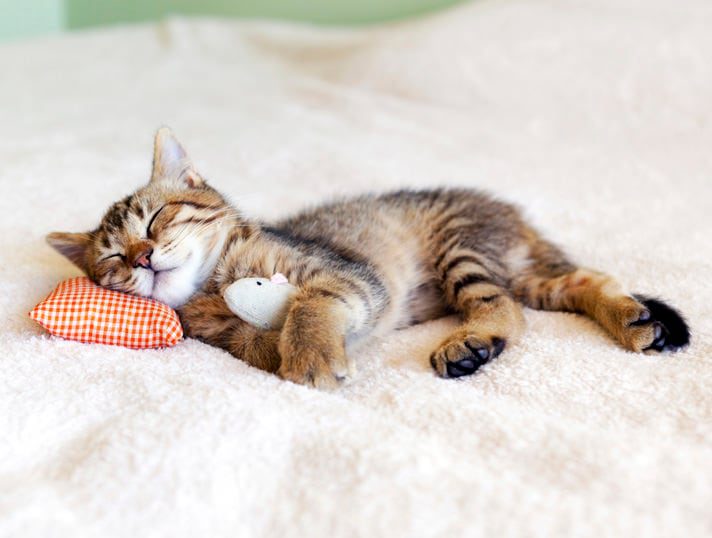
What It Means for Your Cat’s Health
If your cat is sleeping in the same position when they’re not feeling well, it could indicate an underlying medical condition. This is especially true if your cat has been sleeping in that position for more than a few days or if they seem lethargic or uninterested in food or playtime. In these cases, it’s best to take your cat to the vet right away to get checked out and rule out any potential medical issues.
On the flip side, if your cat is only sleeping in the same position occasionally and seems otherwise healthy, it may be a normal behavior associated with retain body heat. However, if you notice any changes in behavior or appetite, you should still take them to the vet for an examination to be safe.
Sleeping With Front Paws Outstretched
When cats feel unwell or uncomfortable, cat paws outstretched can make them look bigger and less vulnerable. This is a defensive mechanism, so if your cat is in pain or not feeling well, it may stretch out its paws to appear larger and more intimidating.
This sleeping position can also indicate that your cat is trying to cool down. If your cat is running at a higher temperature than usual due to illness, stretching out can help them regulate its body temperature by allowing air to flow over the entire surface of its body. It’s important to note that cats sometimes sleep with their paws stretched out even when they’re perfectly healthy—it’s just one of the many quirky ways cats like to take naps.
How Can You Tell When Your Cat Is Sick?
If your normally curled-up kitty begins sleeping with all four paws straightened out, this could indicate something is wrong, and you should pay close attention.
In addition to the change in sleeping position, other signs of sickness in cats include lack of appetite, vomiting or diarrhea, increased thirst, excessive grooming or licking certain areas on the body excessively (this could indicate pain), hiding behaviors (which could mean your kitty is shy or feels unsafe), changes in litter box usage (such as using the box more frequently than usual), and lethargy (not wanting to move around much).
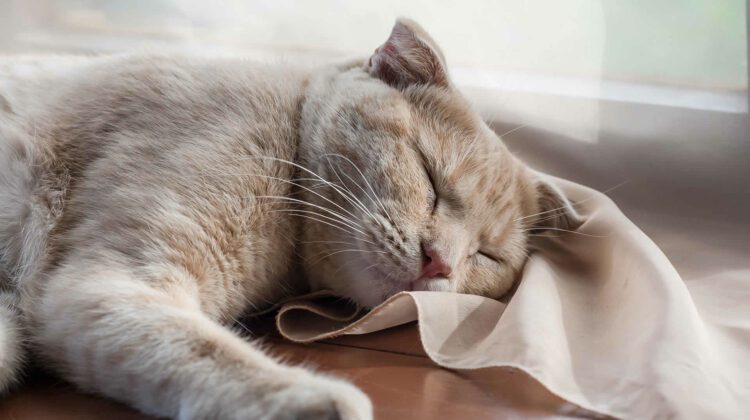
Other Signs of Sick Cat
Changes in Appetite or Weight Loss
Cats are creatures of habit, so if you notice your pet has stopped eating as much or is losing weight, this could be a sign they are feeling unwell. Cats also tend to lose their appetite when they have stomach issues or infections, so if you see any changes in your cat’s regular eating habits, consider taking them to the vet for evaluation.
Behavioral Changes
Keep an eye out for changes in behavior as well. If you notice your cat is sleeping more than usual or appears sluggish, it could indicate something wrong with its health. Sick cat may also seem more irritable and become vocal about wanting attention or avoiding contact with anyone but their favorite people.
Changes in Litter Box Habits
Cats who are ill may also change their litter box habits because they don’t feel good enough to go outside the box. They may urinate or defecate outside the litter box or avoid using it altogether because going to the bathroom is too painful for them due to a urinary tract infection (UTI) or other illnesses affecting their digestive system. Pay close attention to sudden changes in your cat’s litter box habits and get them checked out if needed.
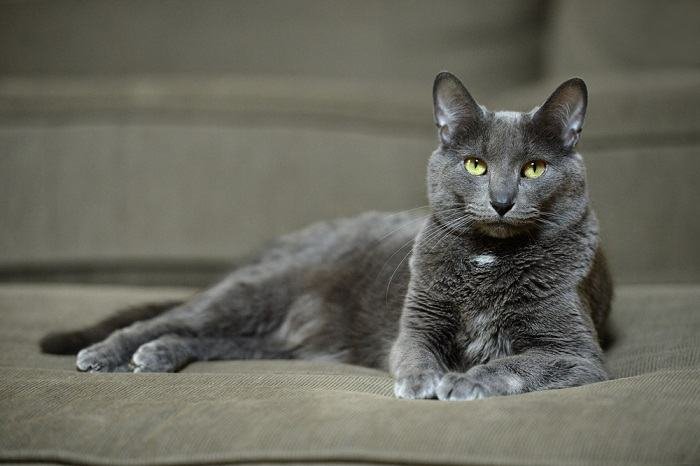
When to See a Doctor?
The most common signs of a sick cat include decreased appetite, vomiting, diarrhea, lethargy, or weight loss. Other symptoms that may indicate your cat is not feeling well include changes in litter box habits, excessive sleeping or hiding, difficulty jumping onto surfaces they used to jump on quickly before, changes in vocalization patterns, or physical appearances such as fur loss or dry skin. If you notice these signs in your cat, you must speak with your veterinarian immediately.
Diagnosis & Treatment
Your veterinarian will conduct several tests, including blood tests and X-rays, to determine the cause of your cat’s illness. Depending on the diagnosis, treatment options vary widely and may include medications such as antibiotics or anti-inflammatory drugs and dietary changes or supplements.
Surgery may also be recommended depending on the diagnosis. Be sure to ask questions and understand all aspects of the treatment plan before consenting to any treatments recommended by your veterinarian for your beloved pet!
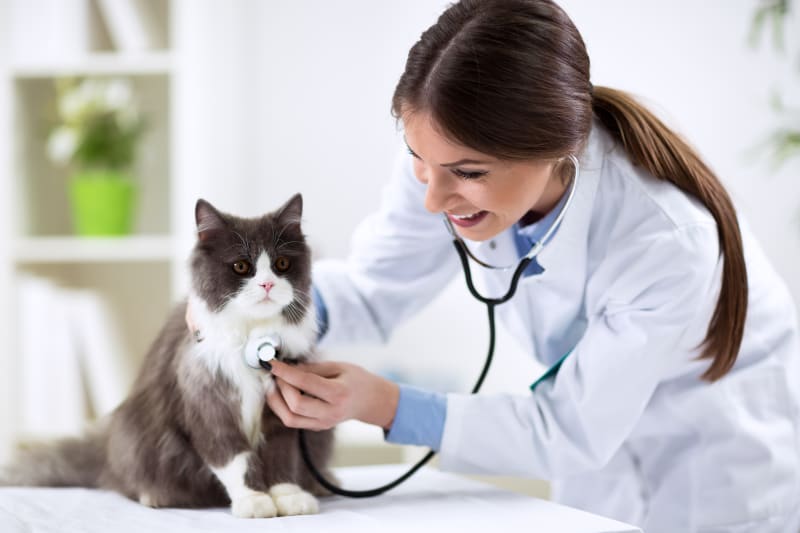
Final Thoughts
When your cat takes up different sleeping positions, it can signify something is wrong. Familiarizing yourself with the various cat sleeping positions to monitor their health and well-being better is important. Pay close attention to any other changes in behavior or appetite, as these could also be signs of illness.
If you suspect your cat is not feeling well, don’t hesitate to consult with your veterinarian for a proper diagnosis and treatment plan. Taking care of your cat’s health can help ensure they live a long and healthy life.
Frequently Asked Questions
HOW CAN YOU TELL IF YOUR CAT IS NOT FEELING WELL?
It’s important to be mindful of sudden changes in your cat – from varying energy levels and coat appearance to appetite or litterbox habits. If you notice any strange behavior, it could signify something is wrong with your feline friend – so take them for a check-up at the vet right away!
HOW DO CATS SLEEP WHEN THEY ARE IN PAIN?
When your feline friend feels under the weather, please pay special attention to their sleep habits. You may find them snuggling up in warm and cozy places – like sun-drenched windowsills or atop a heated pad – that they usually wouldn’t seek out! Remember, too, if you notice a kitty opting for lower spots than usual, it could signify something’s amiss.
DO CATS LAY ON THEIR SIDE WHEN SICK?
Cats frequently reveal more than meets the eye about their emotions. When hale and hearty, cats may curl up like a ball or stretch out in an attractive display of contentment. But if illness strikes, you might see them stretching longer than usual or lying on their sides – signs that these furry felines need extra TLC!
WHY IS MY CAT LYING ON HER SIDE?
Your cat is at ease in the sideways sleeper position – a sign that he feels safe and secure. In addition, his stomach gets some airtime as his limbs expand outwards, showing how relaxed this sleepy feline has become.

